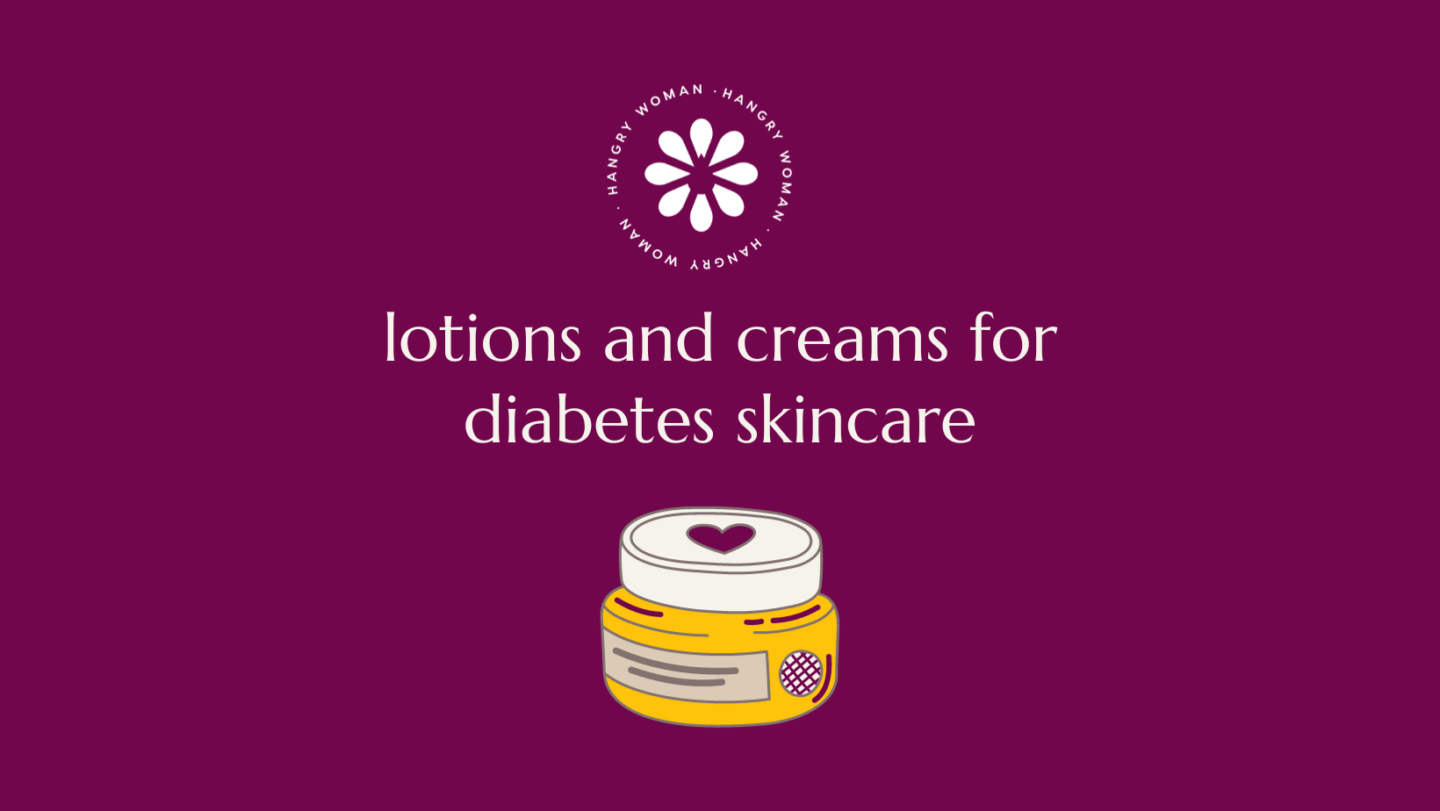
Living with diabetes can be challenging, not only due to the medical complexities it involves but also because of the daily lifestyle modifications it requires.
Many people believe eating and exercise are the only changes you have to make to take care of your body when you have diabetes.
That couldn’t be further from the truth.
One challenge that often goes unnoticed is the impact of diabetes on our skin health.
We tend to experience dry, itchy skin due to the body’s inability to properly utilize glucose, leading to dehydration and dry skin.
Fortunately, specific lotions that cater to the unique needs of people with diabetes are available.
Table of contents
- Understanding the Importance of Skin Care in Diabetes
- What ingredients are best in lotions for diabetes?
- Top Lotions for Diabetic Dry Skin
- Why These Lotions Are Effective
- How to Apply These Lotions
- To sum it up
Understanding the Importance of Skin Care in Diabetes
Maintaining good skin health is crucial for everyone, but it becomes even more critical for those of us with diabetes.
High blood sugar levels can cause dryness and itchiness, leaving the skin more susceptible to cracking and infections. Therefore, it is essential to keep the skin moisturized and hydrated.
What ingredients are best in lotions for diabetes?
When choosing lotions, there are specific ingredients that you should look out for, and others that you should avoid.
First, let’s talk about the good stuff.
Natural ingredients such as aloe vera and chamomile are your skin’s best friends. Aloe vera, known for its soothing properties, can relieve dry, irritated skin.
Chamomile, on the other hand, is a gentle ingredient that promotes healing and reduces inflammation.
Now, onto the not-so-good stuff. We all love a good smell, but fragrances in skincare products can do more harm than good, especially if you have sensitive skin.
Alcohol, parabens, and synthetic fragrances are some culprits that you want to steer clear of. They can lead to irritation and decrease your skin’s overall health.
Lastly, let’s talk about humectants – the unsung heroes of skincare.
Ingredients like glycerin, hyaluronic acid, and urea draw moisture from the air into your skin, helping to prevent chapping and enhance smoothness.
So, next time you’re shopping for lotions, make sure to check the ingredients list and look for these skin-loving elements.
Remember, your skin is unique; what works for one person may not work for you. It’s all about finding what makes your skin feel good and sticking with it.
Top Lotions for Diabetic Dry Skin
After extensive research, here are some of the best lotions for people living with diabetes:
- Gold Bond Diabetics Dry Skin Relief: This lotion provides all-day hydration and immediate relief from dry, flaky skin. It is fragrance-free, making it suitable for those sensitive to scents. You can find this brand here.
- Borage DiabetiCare Foot Cream: Specifically designed for foot care, this cream is ideal for people with diabetes who often struggle with dry, cracked feet. It contains borage oil, which helps improve skin hydration and soothes irritation.
- Eucerin Diabetics’ Dry Skin Relief Foot Creme: Another excellent option for foot care, this creme provides long-lasting moisture and protection for dry, cracked feet. It also contains alpha hydroxy acids that help exfoliate and smooth rough skin.
- Diabetic Defense Daily Therapy Foot Moisturizer: Another excellent option for foot care, this moisturizer offers daily therapy for dry, diabetic feet. It is non-greasy and fast-absorbing, making it suitable for daily use.
- Aveeno Skin Relief Intense Moisture Repair Dry Skin Relief Lotion: This lotion contains triple oat complex and natural shea butter to soothe and nourish dry skin. It is also fragrance-free, making it gentle on the skin.
- 3M Cavilon Extra Dry Skin Cream: This cream stands out with its pH-balanced, lipid-rich formula that lasts 24 hours. It is an ideal moisturizer for diabetic feet and can be used daily.
- CeraVe Moisturizing Cream for Diabetics’ Dry Skin | Urea Cream with Bilberry for Face and Body: This cream contains ceramides and is enriched with bilberry to help strengthen the skin’s barrier and lock in moisture.
- Curel Ultra Healing Lotion: This lotion has an advanced ceramide complex and natural moisturizing factors to penetrate and nourish dry, diabetic skin deeply.
Why These Lotions Are Effective
The lotions mentioned above are effective because they cater to the specific skin needs of people with diabetes.
They are hypoallergenic, fragrance-free, non-greasy, and pH-balanced, all essential for diabetic skin care.
The non-greasy formula ensures that the lotion doesn’t leave a slippery residue, while the pH-balanced formula helps maintain the skin’s natural acidity level.
How to Apply These Lotions
Apply these lotions immediately after taking a shower or bath when your skin is still damp for the best results.
This helps lock in moisture. Pay special attention to areas that tend to get very dry, like the feet, elbows, and knees.
Remember, consistency is key. Make moisturizing a part of your daily routine to keep your skin healthy and hydrated.
Be sure to wipe off any excess lotion so that your skin is moisturized but dry. Excess moisture can lead to chafing.
To sum it up
Proper skincare is an essential aspect of managing diabetes.
So, make sure to take care of your skin by choosing a suitable lotion that caters to your unique skincare needs.
Consider incorporating some of our recommended lotions into your daily routine for healthy,
Managing diabetes is a holistic process that involves more than just controlling blood sugar levels.
It’s both a physical and mental process that also includes taking care of your skin.
With the right skincare products and routine, you can significantly improve the health and appearance of your skin.
Remember to consult with your doctor or dermatologist before trying any new products.
Original Article










